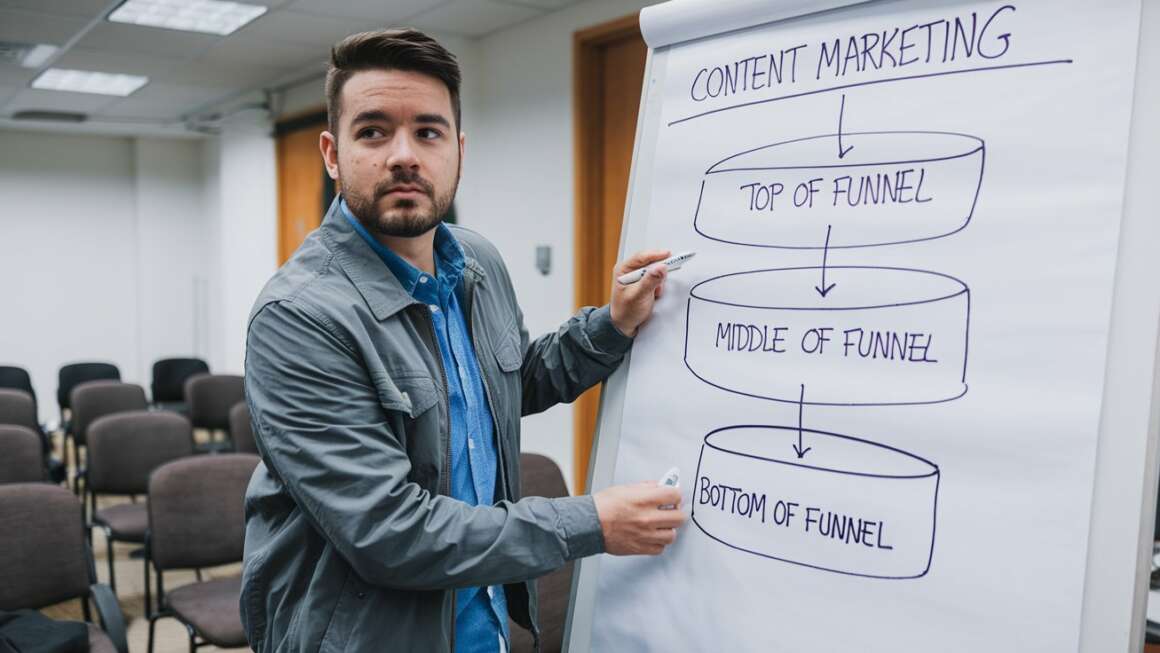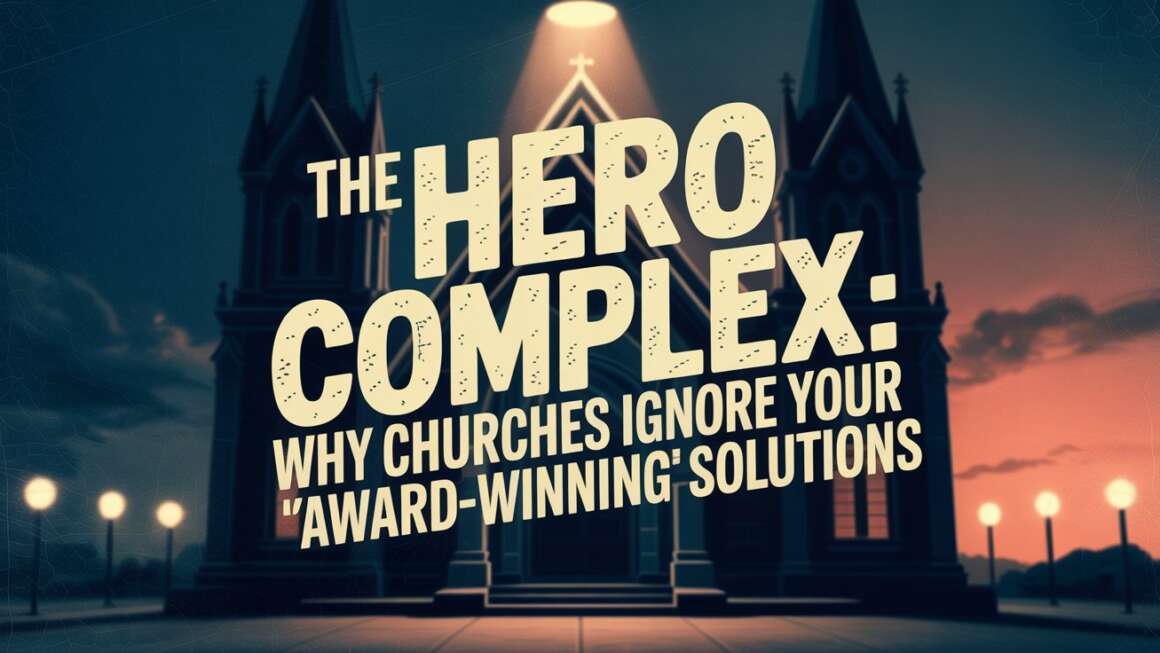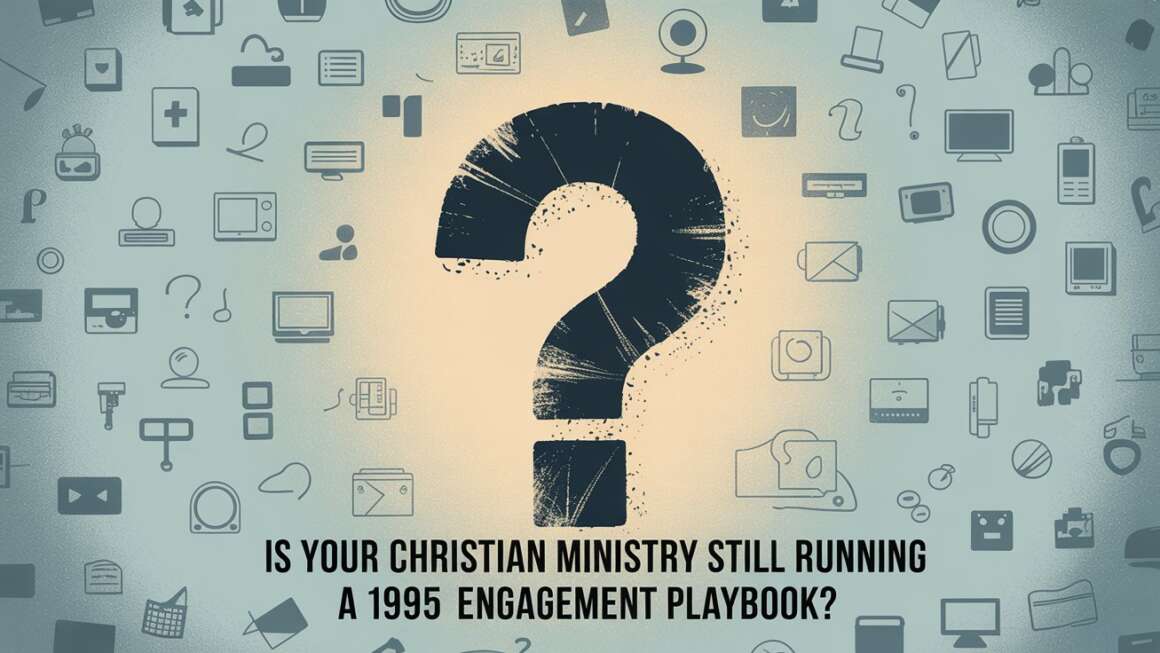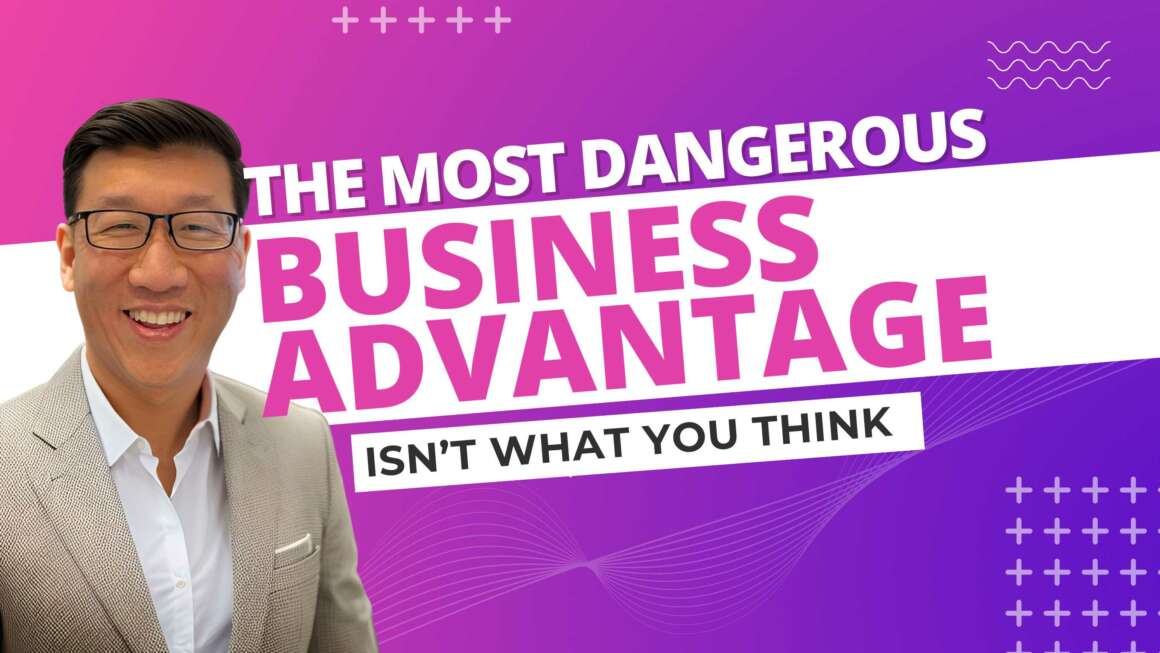Imagine you’re standing on a stage, speaking to a room filled with people eager to hear your message. Now think about how different the scenario is when those people are online, scattered across various platforms, and bombarded with endless streams of information. How do you capture their attention? The answer lies in a simple but intentional content marketing funnel—a strategic and structured pathway that leads individuals from awareness to engagement to commitment.
The Power Of Connection Through Content
Church leaders and pastors continually seek new and effective outreach strategies to spread their message, yet many struggle with implementing digital tools effectively. There is no clear roadmap, no understandable models to guide them through the maze of online outreach and evangelism. This often results in missed opportunities to connect with spiritually open individuals who are actively seeking guidance. People in your zip code are actively searching for answers to questions daily. Literally every day.
A well-constructed content marketing funnel can alleviate these challenges by offering a step-by-step approach to engaging with audiences online. The focus here should be on meeting potential followers where they are and nurturing those relationships over time.
But First You Need A Plan
No Clear Models for Digital Outreach: The digital world is vast and complex, leaving many church leaders overwhelmed and unsure about where to begin. The solution? Create a content marketing funnel that starts with lead magnets designed to address felt needs and questions about faith and life. These can take various forms—guides, videos, checklists, quizzes, tutorials, micro-courses, etc.—and should be crafted to demonstrate relevance, establish authority, and build trust.
Lack of Roadmap: Without a roadmap, it’s easy to veer off course. That’s why it’s crucial to plan for top-of-the-funnel tactics to attract new people, middle-of-the-funnel efforts to engage them further, and bottom-of-the-funnel strategies to encourage deeper commitment.
Many churches make the mistake of jumping straight to a call to action without first building a relationship with their audience. Avoid this by nurturing the initial connection with email sequences and retargeting ads, reinforcing teachings, and pointing people to more resources and events — NOT repeatedly inviting them to visit your church over and over again. No one likes hearing a broken record.
Don’t Get Confused About Your Immediate Objective
The primary goal when someone encounters your content should never be to rush them into attending a service. Instead, aim to show them why your message matters. Use your platform to share a clear biblical worldview that addresses everyday circumstances and offers radical value in teaching or resources.
While the long term objective it to get people plugged into a life-serving Christian community (hopefully your own church), the short term immediate objective is to help them take their first steps. Most often people are not ready to commit to attending a service, signing up to volunteer, or registering for a church event — if they’ve never been to your church before. Especially if they aren’t familiar with church experiences and culture.
So when you first meet someone online, the objective is to get them to conversation (and maybe coffee!), not to get them to your church building.

Let’s Get Tactical Practical
For example, an effective top-of-the-funnel tactic might be offering a free e-book that answers the most common questions about faith. We already know what people are searching for on Google. You just need to start answering those questions.
Once someone opts in, you can and should follow up with a nurturing email sequence that continues the conversation, perhaps inviting them to join an AMA (ask me anything) live video session or webinar where they can engage with the topic more deeply.
If you do this consistently, by the time they reach the bottom of the funnel, they’ll be more open to attending a church event or participating in a community activity.
Take, for instance, a church that offers a video series on navigating life’s challenges through faith. Each video addresses a different topic, providing practical advice and biblical insights. Viewers can sign up to receive the series, and each email includes additional resources and invitations to live Q&A sessions with church leaders. This approach not only educates but also creates a sense of community and belonging, making viewers more likely to engage further.
Take The Next Step
Your church’s mission deserves to connect with the right audiences in meaningful ways. If you’re ready to explore how a content marketing funnel can transform your outreach efforts, the future for your ministry is bright.
THE FIRST STEP: Brainstorm a list of common felt needs for which your teaching or ministries can help address. For example, if you have a strong young adult group, the topic might be parenting older children. If you have a strong personal finance ministry (like I Was Broke, But Now I Am Not, or FreedUp), then it could be a basic how to get out of credit card debt webinar.

If you have a strong small group community that have a lot of young families, then you might feature parenting strategies that parents with infants would benefit from. This might eventually lead to invitations to join one of the local mommy & me groups your church hosts.
Smart people have it all backwards. Reverse engineer a logical pathway into your most active and impactful ministries by thinking through — what the 3-4 preceding steps on an increasingly deeper engagement journey that are intuitive prior to the final call to action and destination.
If you need help, there are great resources like frontdoor.church that have pre-written and designed lead magnet PDF’s that any church can use immediately. You could have a basic funnel up and running within an hour on your website.
Let me know below if you’d be interested in a walkthrough of a sample blueprint of the basic content marketing funnel every church should build first. If there’s enough interest, I can share a more detailed step-by-step process you can use.
It isn’t complicated to create lasting change in your community with the digital tools today. You just need a plan to follow and a willingness to learn.
In the meantime, explore our blog at ARTofEngagement.org for more insights on audience engagement strategies through videos, articles, and resources.



